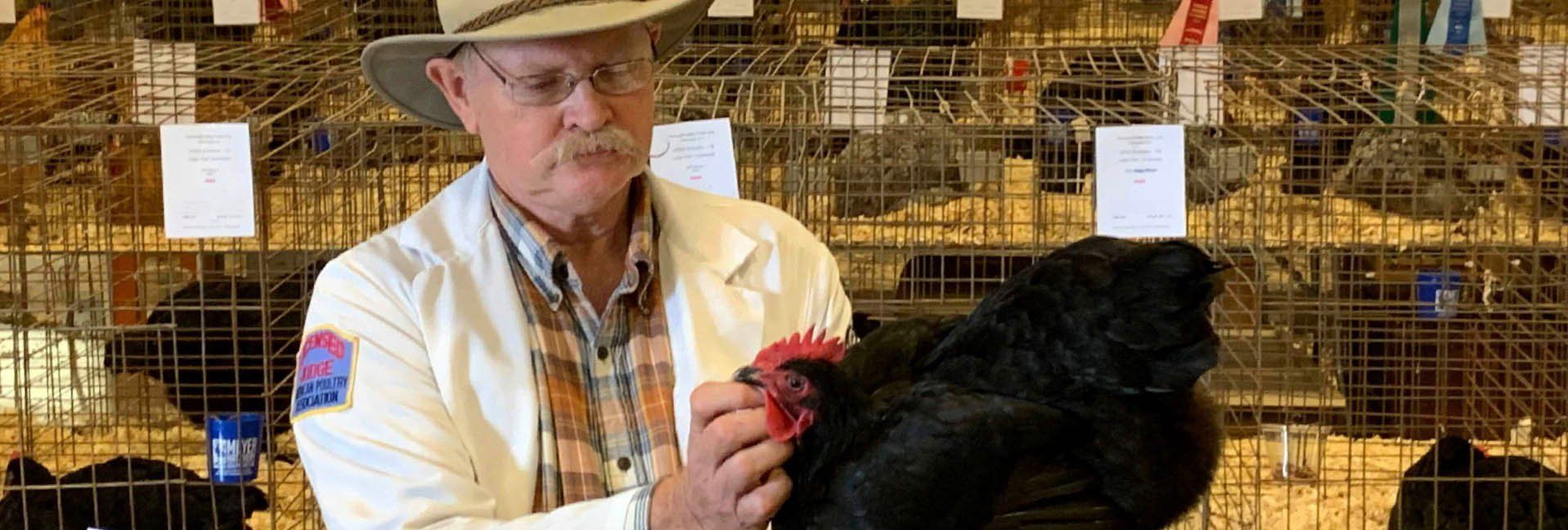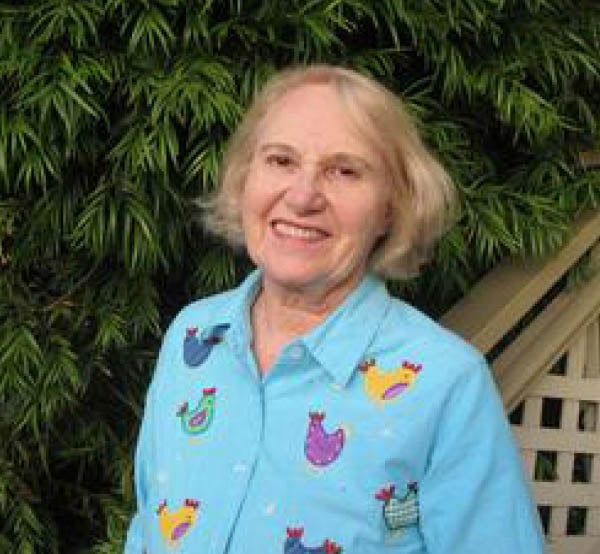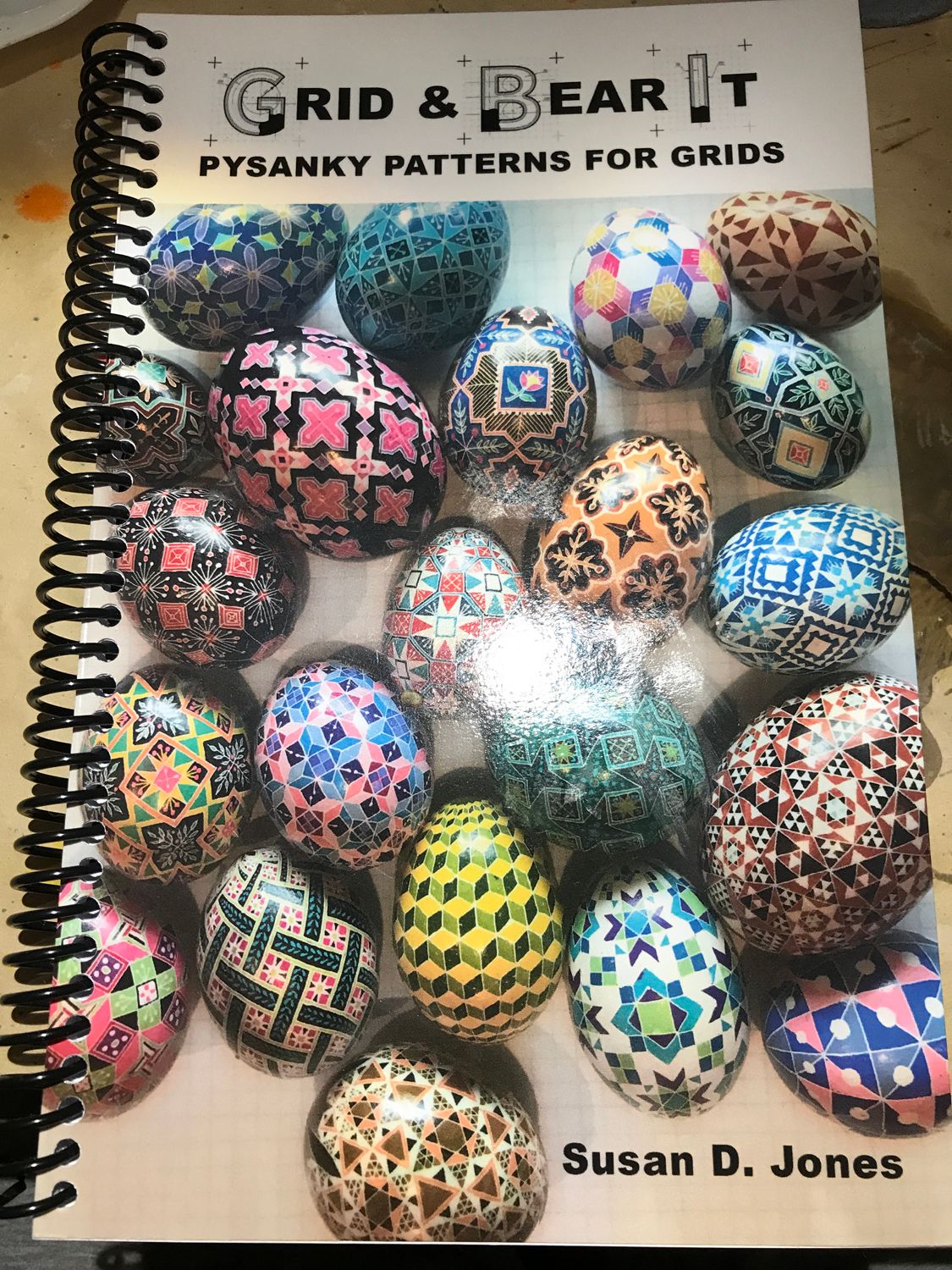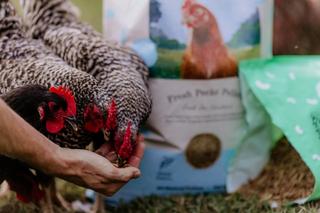Getting Recognized in the Standard


The American Poultry Association has a detailed process for recognizing a breed. Only birds from breeds recognized by the APA are eligible for awards. One of the APA’s founding principles is: “That no new breed be recognized that could not be readily distinguished by one or more conspicuous characteristics not existing in any other presently recognized breed.”
Getting a breed or variety recognized in the Standard is deliberately difficult. The APA confers recognition on a breed or variety only after thoughtful consideration and convincing evidence that birds breed true and that it has a significant following. Dedicated breeders work with APA leadership to overcome problems and satisfy the APA that the breed is worthy of the showroom.
A breed must have a unique appearance, productivity, and behavior. Breeding true means that the offspring are reliably like their parents.
The process is described on pages 4-6 of the Standard. That’s where the rules of the process are set down in words. Other material in the first 40 pages of the Standard provides valuable information on conformation, feathers, and judging standards.
If you have a question about particulars of poultry exhibition, it’s probably answered there. Terms that are unfamiliar, or have specific meanings for poultry, are explained in the eight pages of glossary.
How it works
Breed clubs organize their member breeders to advocate for their breed or variety. Breeders must have been APA members for at least five years. Those advocating for the breed’s recognition must submit a written account of the breed’s history and the proposed Standard description. They must produce affidavits from at least five breeders who have raised the breed for at least five years, affirming that 50 percent or more of the offspring grow up close to type.
Birds of the breed applying for recognition must be shown at pre-qualifying meets at APA sanctioned shows at least twice each year for two years. At least four hens, four pullets, four cocks and four cockerels must be shown.
If, in the opinion of the Judge, the conformation of the birds meets the written Standard, then qualifying meets are scheduled. The first meet is a district meet that can be held at any major show. The second meet must be held at the Annual Meeting one year after the first qualifier. Both meets must have a minimum of five exhibitors who are members of the Association. They must exhibit no fewer than 25 birds for a new variety, or 50 birds for a new breed, at each of the two qualifying meets. Judges will expect the birds to conform to the written standard for type and color submitted by the breed club.
Although not previously recognized in the U.S., the Marans, Serama, Ko Shamo and Nankin have standards in other countries.
That’s often the case. Breeds may be new to the American Standard, but have long histories in other countries. That’s both a strength and a weakness.
In the case of Marans, the French standard differed from the English standard, regarding feathers on the legs. The French required them, but they were a defect in the English.
Marans history
Although Marans were not formally recognized even in their native France until the early 20th century, the breed traces its roots back to the 13th century. The official history notes the marshy areas around the port city of Marans gave rise to a locally-adapted breed. Those birds were crossed with Games brought into port on ships. Brahmas and Langshans were added to them in the 19th century as those breeds became popular. The first record of Marans being shown was in 1914. The Marans Club of France was organized in 1929. The club established a Standard in 1931.
French Marans had lightly feathered legs. Breeders took them across the English Channel in the 1930s, and showed them in England in 1934, but they favored birds with clean legs. A separate clean-legged variety developed, but was not recognized. The Marans Club of Great Britain was organized in 1950.
“With every breed club, politics can get involved and lead to hard feelings,”says APA judge and Standards Revision committee member Pat Malone of Texas. By keeping good relations and open communications with all, he helped guide the American breeders toward getting the breed recognized by the APA.
When it came to defining a standard for the American Poultry Association, each standard had its advocates. The division of opinion divided the Marans advocates. The judges who serve on the Standard Revision Committee advised the breeders and helped them come to a decision: Since Marans are a French breed, they would adhere to the French, feather-legged, standard.
This difference sparked contention over the years, and three separate Marans clubs were founded in the U.S. and disbanded by the early 21st century. In 2007, when Dick Dickerson of Tennessee and Bev Davis of Florida got involved, there wasn’t any functioning Marans club.
The Marans Chicken Club USA now represents Marans breeders. (maranschickenclubusa.com).
Getting recognized by the APA
Efforts to get the breed recognized began in 2007, and were announced to the public in 2008.
The first qualifying meet was held in Belvidere, Ill. in September 2009. Fourteen exhibitors showed 82 birds. APA President Dave Anderson judged the birds, accompanied by the Standard Revision committee. Although the meet was a success in satisfying the requirement, the birds were less than perfect.
“Some of them were pretty strange looking,” says Mr. Dickerson, one of the breeders advocating for recognition. “It was a trial run.”
Mr. Malone attended the meet as a member of the Standard Revision Committee. He was dismayed at the birds he saw there. “They were terrible,” he says. Many of the females had brown eyes instead of reddish bay. Males’ tails stood up at 70-75 degrees, instead of the required 45 degrees. They were too small, below the required eight pounds. for cocks and six and a half pounds for hens. Worst of all was that the females lacked the copper color on the hackles.
Mr. Anderson described the birds as “right on the borderline of being accepted,” noting that in order for their acceptance to be done correctly, the birds exhibited needed to “reflect the quality necessary to warrant their inclusion in the Standard.” He reported: “The committee and I felt that if the next generation were equal to or better than the young birds shown at Belvidere, there would be no problem accepting them. I was impressed with the young birds shown at Belvidere and with the enthusiasm and sincerity of the exhibitors.”
Breeders took the advice back to their breeding pens and set to work. By the final Special Meet in Newnan, Georgia in February 2011, the birds had improved markedly. Breeders from 24 states showed 176 birds of 11 varieties.
“This time, the quality was deep,” says Mr. Malone. “It didn’t take a Solomon to figure it out. These birds are as they should be.”
The Black Copper Marans was accepted into the Continental Class of the APA Standard of Perfection in April, 2011, followed by the Wheaten. The White was recognized in 2014. The club is actively working toward recognition of the Black variety. The Black variety had its first qualifying meet at the Tennessee Valley Poultry Club Dixie Classic show in December 2018. The judges’ assessment was positive, and approval of that first of two qualifying meets is expected.
Club President Fernando del Aguila Jr. is leading those efforts. Del Aguila, who is a nurse professionally, puts building relationships first. He encourages talking with other breeders and judges. He also serves as APA Representative for the state of Georgia and is the liaison between the Marans Chicken Club USA and the APA.
He began work on getting the Black variety recognized by conferring with Walt Leonard, until Walt’s recent death. He misses Walt’s blunt, to-the-point style, but is now working closely with APA President John Monaco and newly-appointed APA Standard Revision Committee Chairman Bart Pals on the process.
Those dark brown eggs
Marans are known for their dark brown eggs. That eye-catching egg can lead fanciers into trouble.
“People fall in love with the egg, but have little regard for the bird,” says del Aguila. “They think they are just going to reproduce those highly desired eggs, and when they don’t, they get discouraged. The breed has suffered because of this.”
Del Aguila didn’t have much experience with chickens when he acquired his first birds in 2014. They wandered onto his property from that of a neighbor, who was too ill to care for her birds. His wife was enchanted with those dark brown eggs, so they added Marans to the Rhode Island Reds they were keeping. He is also working on bringing back the Rhode Island White. He now keeps about 150 birds.
He’s committed to improving the bird as a whole, and describes himself as a stickler for feather quality, with an eye for minute details such as feather to fluff ratio.
“It’s about education,” he says. “You have to repeat the same things over and over, gently reminding people and patiently piecing it together. It’s not just about the egg.”
The breeder’s eye
The Marans experience is an example of the importance of showing and attending shows. Seeing birds and getting advice from judges helped guide breeders. Breeders develop the sensitive eye needed to decide which birds go into the breeding pen when they see the birds and discuss their good and bad points with judges and other breeders.
Photos and the Internet help, but they are no substitute for seeing birds in person.
“Somebody has to do the homework and make the decisions,” says Mr. Malone. “That’s what the Standards Committee is all about.”
Recently recognized breeds and varieties
Breeds that have recently succeeded in being added to the APA Standard include the Black Copper, Wheaten and White varieties of Marans; the Blue Wheaten variety of Old English Game Bantam; the Splash variety of Cochin; Ginger Red variety of Modern Game; Self Blue variety of Bearded Silkie; Wheaten male Malay; Wheaten male Shamo; the Barnevelder Standard has been revised; Black Breasted Red Phoenix; Buff African Goose; the American Serama; the Ko Shamo; and the Nankin. In the case of the Black Copper Marans, both the color variety and the breed were new to the Standard.
Tags:Featured

Chicken Whisperer is part of the Catalyst Communications Network publication family.











